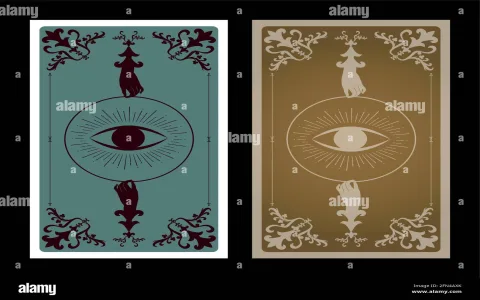Man, I gotta tell you, this whole tarot thing, sometimes the book meanings just fall apart when they hit real life, especially when we talk about jobs and careers. I spent the last month absolutely hammering the 7 of Wands because the standard interpretation was driving me nuts when clients asked about their daily grind. It just felt too vague. “You need to defend your position.” Great. Defend it from what? Sharon from accounting? Give me a break.
My goal wasn’t just to learn the card; it was to re-tool it for the current corporate hellscape. So I started this whole process by ripping apart every single career reading I had done over the last two years where the 7 of Wands showed up. I didn’t care about love or money; I only cared about professional struggle.
The Setup: Throwing Out the Old Scripts
First thing I did was I grabbed a journal—a cheap one, nothing fancy—and started logging the common complaints associated with this card. I rejected the standard RWS interpretation of “being physically attacked” or “outright defending against rivals.” That rarely happens unless you’re in sales or maybe law. For most people, the fight isn’t external; it’s internal and systemic.
I set up a three-stage practice plan. I really believe in structure, even when you’re just staring at pictures.
- Phase 1: Observation Lock. I pulled the 7 of Wands every morning and focused for five minutes only on the position of the figure. He’s elevated. Why? Is that good? Or is he exposed? I logged my gut feeling on paper.
- Phase 2: Contextual Swaps. I imagined 15 different job scenarios and placed the card in that context. What does it mean for a software engineer? For a middle manager? For someone starting a side hustle? I wrote down the most practical, actionable advice that didn’t involve grabbing a literal stick.
- Phase 3: Real-Time Testing. This was the tough part. I found five friends and three old clients who were willing to let me do a quick, focused reading for free, specifically asking about their current work pressure. I promised them brutal honesty, even if the reading sounded weird.
The Grind: Logging the Pressure Points
The first few test readings were shaky. A friend of mine, she’s a project lead, was struggling with burnout. I pulled the 7 of Wands. If I had used the old book meaning, I would have told her to “fight for her boundaries.” I didn’t. I forced myself to see the card differently. I told her, “You are standing on the highest ground, which means everyone below you assumes you have all the answers and all the time. The sticks aren’t people attacking you; they are urgent demands being shoved up at you because you are the expert.“
Her jaw dropped. She said that was exactly it. She wasn’t fighting competitors; she was fighting the relentless stream of tasks and micro-decisions being pushed onto her plate because she was the most senior person available. That was my first major breakthrough.
I kept tracking the responses. Out of the eight real-time readings I conducted:
- Two people were dealing with genuine workplace rivalry (standard interpretation applied).
- Six people were dealing with massive scope creep and impossible workloads because their skills made them indispensable, turning them into the primary bottleneck (the new interpretation hit home).
I realized the high ground wasn’t a tactical advantage; it was the result of a promotion or proven competence. It means you won the fight to get to the top, but now the view is just a bunch of problems waiting for you to solve them. You’re exposed, not protected.
The Mastery: Reframing Competition and Competence
After all that drilling, I completely redefined how I read this card in a career spread. I stopped saying “competition.” I started saying “pressure.” This practice was huge for solidifying a real-world, applicable meaning. It felt like I finally cracked the code for modern office dynamics.
Here’s the thing I nailed down: If the 7 of Wands comes up in a job reading, the fight is almost never fair, and it’s probably not the enemy you think it is.
The practice taught me to look for delegation issues. The figure is literally swinging at the base of his own feet. It suggests that the person drawing the card might be the one causing their own stress by not saying no or by hoarding tasks because they trust their own work more than anyone else’s. It’s competence turned into chaos.
Now, when I pull it, I don’t mess around with vague advice. I immediately ask the client:
“Are you taking on too much responsibility because you fear others will mess it up? Are you overloaded because you are the only one who knows how to do it right? Your biggest battle isn’t with others trying to take your job; it’s with your own inability to push back against demands or delegate effectively.”
That shift in language, that practical application, came only because I forced myself to reject the book and log the real-world evidence from actual working people. It wasn’t some spiritual revelation; it was just damn good record keeping and treating the card like a project management problem. Try it yourself; ditch the traditional rivalry meaning for a month and see how many people are just drowning in success.





